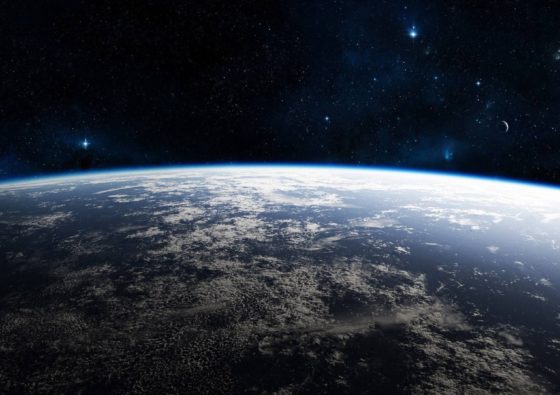What Ants and Orcas Can Teach Us About Death
Published by The New York Times Science & Environment A philosopher journeys into the world of comparative thanatology, which explores how animals of all kinds respond to death and dying. Read the full article at: https://www.nytimes.com/2024/10/29/science/animals-death-monso.html

